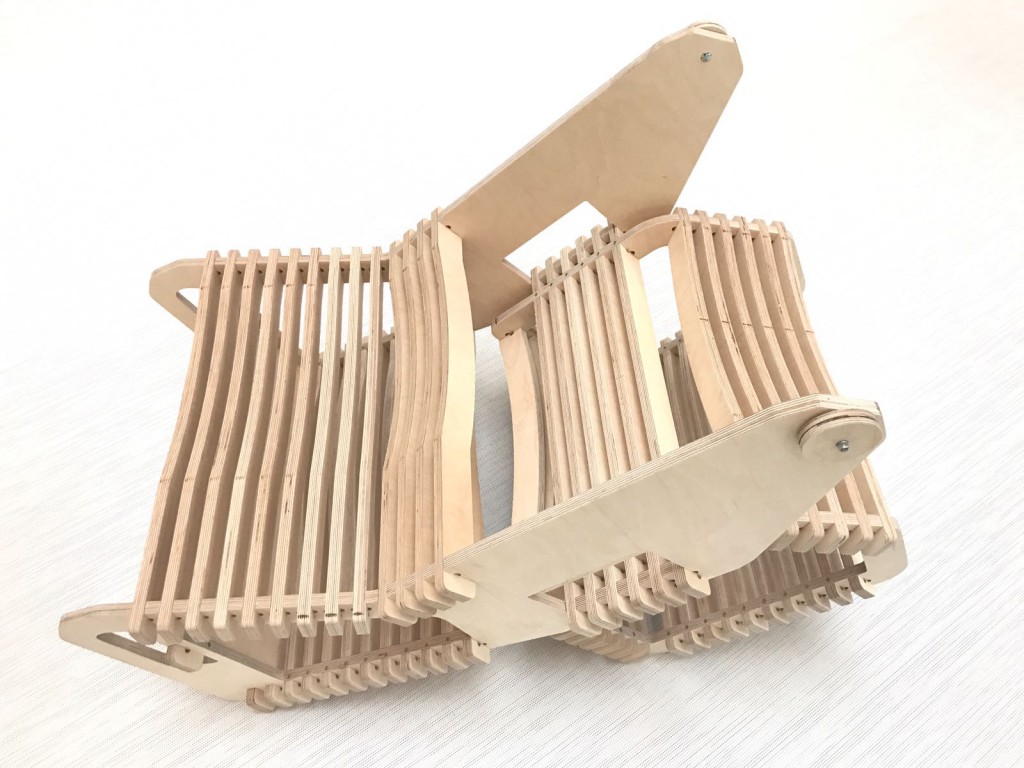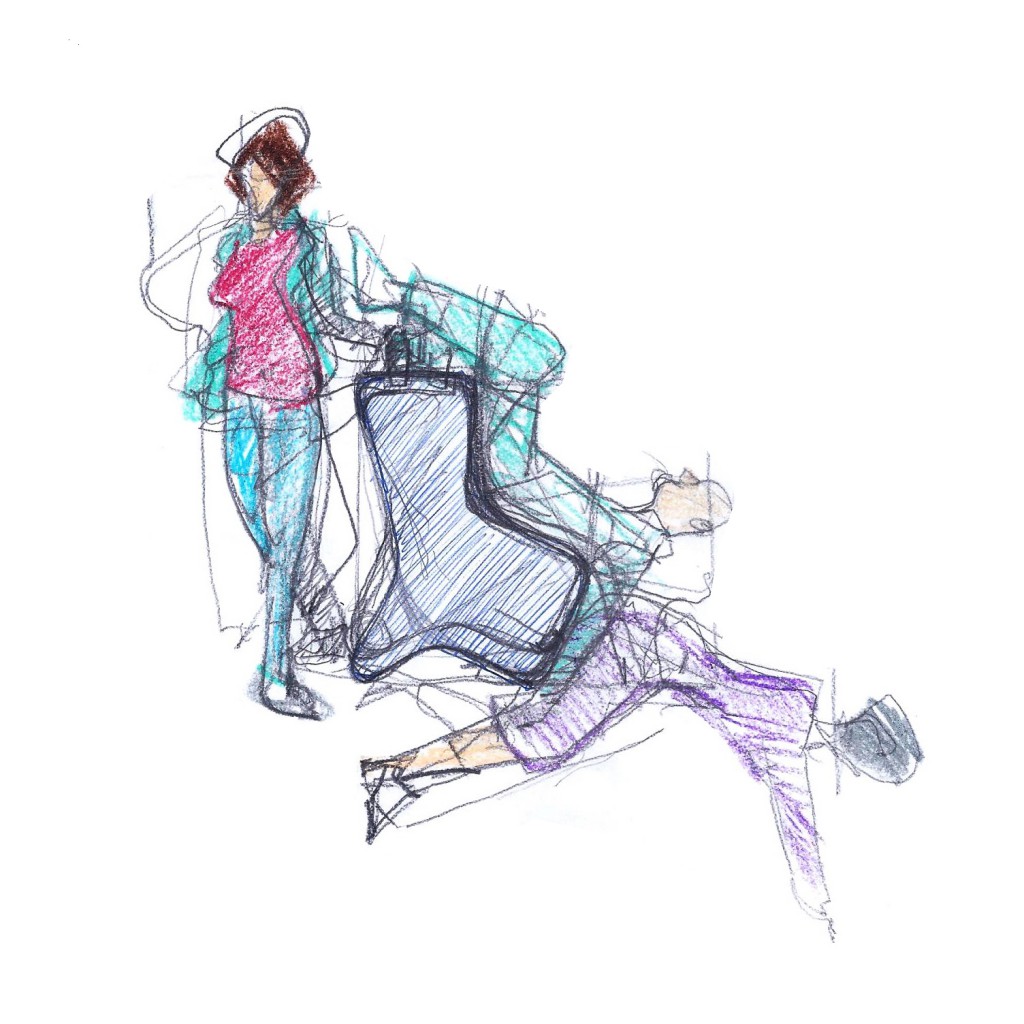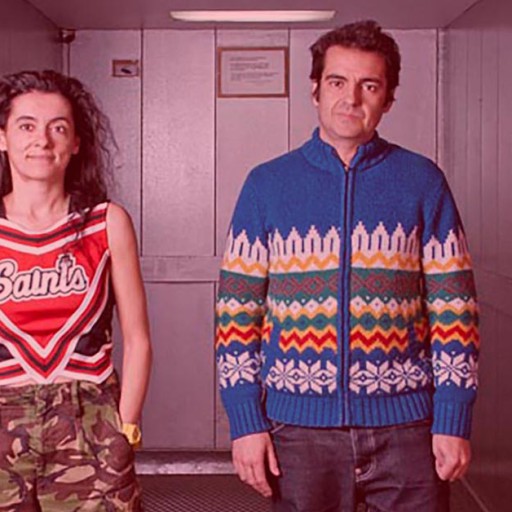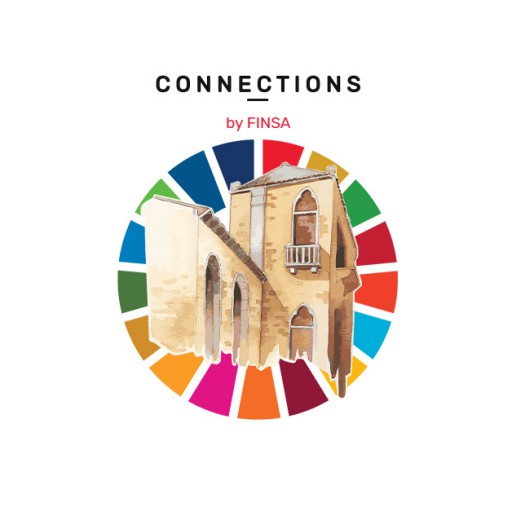Makers of the world, you can now make your own arrolo! But what exactly is an arrolo? In Galician, arrolo is the name of the cooing sound we make for babies in the crib, and it is also the name of the multi-position piece of furniture developed by Arrokabe Architects for La Conexión de Finsa. A piece of furniture designed for “cooing,” by Iván and Óscar Andrés Quintela.
How was Arrolo born?
Finsa asked us to design several elements for the central ‘square’ at La Conexión, a space between glass-walled meeting rooms with offices on either side. It was about facilitating short meetings, halfway between stopping for a coffee and an improvised meeting.
What was your approach?
We thought that, in such a free and light-filled space, without any other pieces, the elements shouldn’t create internal divisions, but rather should be able to be moved, adapting to the needs of each situation. We saw that a high chair, designed for a quick, 5-minute stop, like the seats you see on trains, was necessary. But we also thought a lower chair was required, as well as a piece which could function as a lectern or high table, on which you could rest a tablet or notebook and discuss something with somebody while standing up, or from which you could give a short talk. We decided to solve all of these problems with a single element.
What is Arrolo?
Arrolo is a piece which can turn on itself, and which has three distinct positions, each of which has different uses. In one position, you have an armchair, and on its back, a higher chair, which can be used at the same time. In the second position, you have a high chair and a lectern, and there is also a third position which is another type of armchair. This allows us to combine elements in such a way that they can be joined or separated: at any given time, one person could be looking at something on the lectern and another could be sitting on the other side, or one piece could be used as a lectern for a talk and others could be in the armchair position…Distinct positions, distinct uses. It also has handles and wheels, which means it can be moved around the room, and they can be stacked one on top of the other, so that the room can be emptied at any given time.
Shared knowledge, ‘maker’ knowledge
The rules for the development of the project were that everything had to be cut by numerical control and that it had to be put together using dry assembly, without any glues or metal pieces. This means that the material doesn’t have to travel. Rather, it’s the blueprints that travel, which any person in any part of the world can enter into a numerically controlled machine. Once the material has been cut, the piece can be easily assembled.






